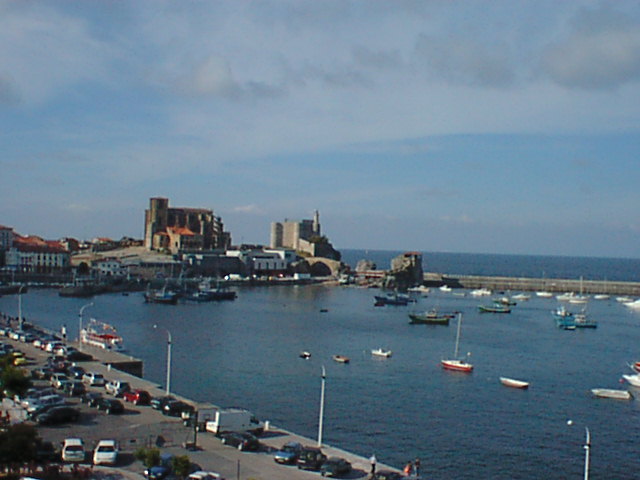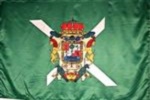- Castro Urdiales
Spanish city

image_skyline_size =300px
image_skyline_caption = View of Castro Urdiales
native_name = Castro Urdiales
spanish_name = Castro Urdiales
nickname =
city_motto =
city_motto_means =
image_flag_size = 115px
image_coat_of_arms = Escudo_castro-urdiales.jpg
image_coat_of_arms_size = 90px
image_city_
image_city_map_size = 300px
image_city_map_caption = Location of Castro Urdiales
lat_long =
time_zone =
time_zone_summer =
founded =
native_language = Spanish
community = Cantabria
community_link = Cantabria
province = Cantabria
province_link = Cantabria
comarca = Eastern coast
comarca_link = Eastern coast of Cantabria
divisions =
neighborhoods =
mayor = Fernando Muguruza Galán
political_party = expelled from PRC
political_party_link = Regionalist Party of Cantabria
area = 96,7
altitude = 19
population = 30.022
date-population = 2007
population-ranking =
density = 310,20
date-density = 2007
website = http://www.castro-urdiales.net/
postal_code = 39700
area_code =Castro Urdiales, a seaport of northern
Spain , in theautonomous community ofCantabria , situated on thebay of Biscay . Pop. (1870) about 3500; (1900) 14,191; (2005) 28,604; (2007) 30,022.Castro Urdiales is a modern town, although its castle and parish church, Iglesia de Santa Maria de la Asuncion, date from the
Middle Ages . Its chief industries are iron-mining, fishing, and the preservation of fish, especially sardines and anchovies, in oil. The Lolin anchovy canning factory serves as a reminder of the town's closeness to this industry and its proximity to the sea. Between 1894 and 1904 the exports of iron ore rose from 277,200 tons to 516,574 tons.Tourism has greatly increased in Castro Urdiales in the last thirty years; many people from Bilbao and other parts of the Basque Country and Cantabria as well as Northern Spain in general keep summer homes in the town. Although the number of people registered in the town is around 28,604, the summer population can double or even triple this figure.The town is popular because of its beaches and scenic harbor. Sadly, the commercial fishing industry is declining and may soon be eradicated completely.
History
Castro Urdiales was originally called Portus Amanus, and was the chief city of the
Autrigones . In AD 74 a Roman colony was established under the name Flaviobriga, during the reign of Vespasian. It was most likely established to mine the abundant iron in the area. [http://www.muskiz.org/english/historia.php 30 May 2008]In 1163 the town of Castro Urdiales received its municipal charter. [http://english.turismodecantabria.com/cantabria/historia4.asp 1 June 2008] Castro Urdiales benefited much from trade with northern Europe and Castile.
It was destroyed by the French in
1813 , but was speedily rebuilt and fortified. Its rapid rise in population and prosperity dates from the increased development of iron-mining and railway communication which took place after 1879.External links
* [http://www.castro-urdiales.net/ The official website of Castro Urdiales]
* [http://www.castreños.com/ Information on Castro Urdiales]Notes
References
* Charles Anthon, "A System of Ancient and Mediæval Geography for the Use of Schools and Colleges", p.57
Wikimedia Foundation. 2010.

_Mapa.svg)